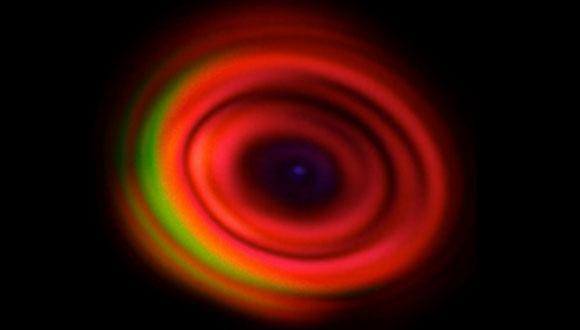LMI Seminar: Turbulence in a Quantum Gas
Nir Navon, Yale University/University of Cambridge
Abstract:
For the past two decades harmonically trapped ultracold atomic gases have been used with great success to study fundamental many-body physics in a flexible experimental setting. Recently, we achieved the first atomic Bose-Einstein condensate (BEC) in an essentially uniform potential of an optical-box trap [1], which has opened new possibilities for closer connections with condensed-matter systems, and theories of the many-body problem that generally rely on the translational symmetry of the system [2]. In this talk, I will present a study where we drive our uniform BEC out of equilibrium with an oscillating force that pumps energy into the system at the largest length scale. In the limit of weak drives, the BEC’s response is linear, well captured by its lowest-lying excitations. For stronger drives, a nonlinear response is apparent and we observe a gradual development of a turbulent cascade characterised by an isotropic power-law distribution in momentum space [3]. Our conclusions are well supported by comparison with numerical simulations of the Gross-Pitaevskii equation.
[1] A. L. Gaunt et al., Phys. Rev. Lett. 110, 200406 (2013)
[2] N. Navon, A.L. Gaunt, R.P. Smith, Z. Hadzibabic, Science 347, 167 (2015)
[3] N. Navon, A.L. Gaunt, R.P. Smith, Z. Hadzibabic, Nature 539, 72 (2016)


